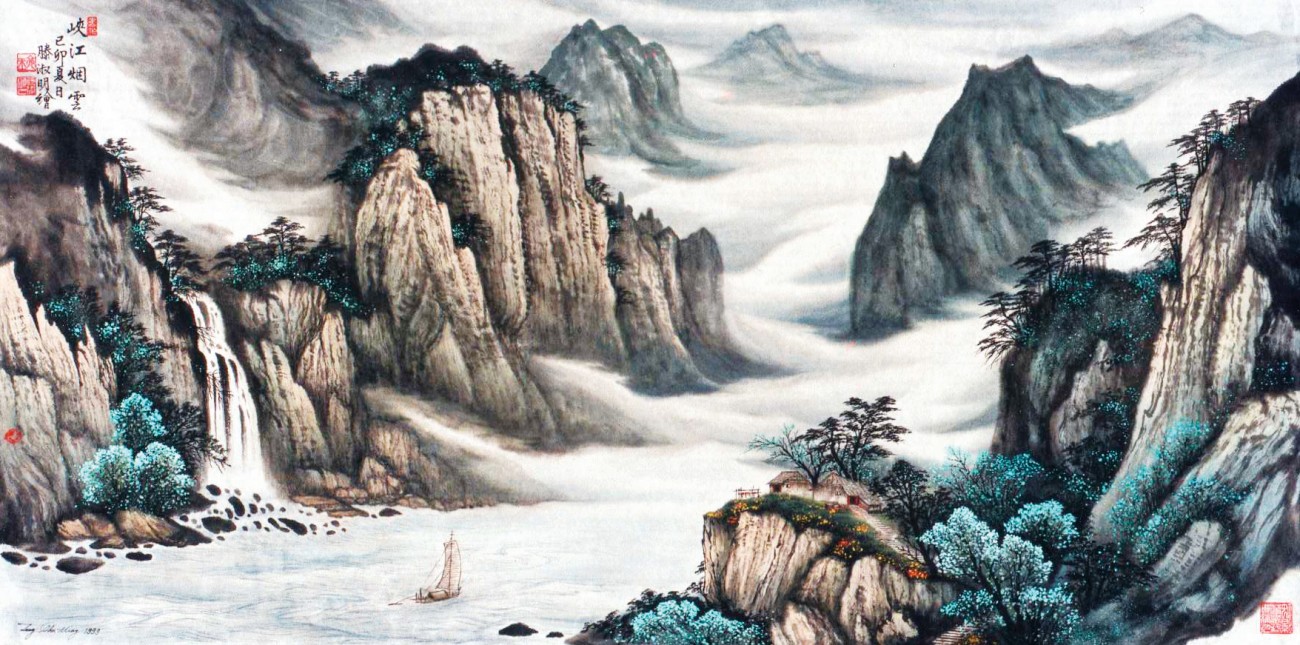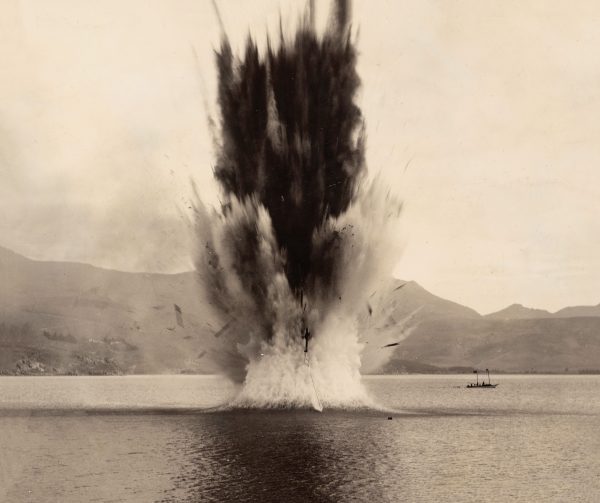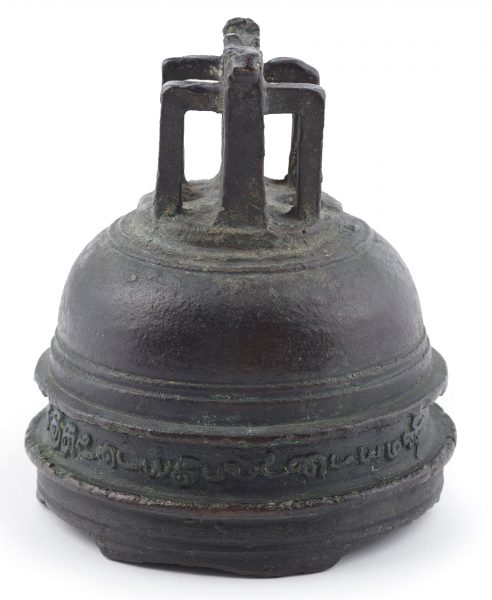Made in China

The kiwifruit industry in New Zealand began with a curious souvenir: tiny seeds brought back from a trip to the Orient in 1904 by the headmistress of Wanganui Girls’ College, Isabel Fraser.
Fraser had taken a break to visit her sister Katie, who was working at a Church of Scotland mission near the Chinese walled city of Ichang (now Yichang). At that time, Ichang was one of the few ports that were open to foreign trade, and the last navigable port on the wide Yangtze River, about 1600 km from Shanghai. It was also where the Chinese gathered small, green-fleshed, hairy fruit that they called mao-ehr-tao and a golden-fleshed, smooth type that they knew as yang-tao.
Plant-hunting was popular among Europeans in the late 1800s, and the Treaty of Tientsin, forged in 1858, had allowed citizens of Great Britain, France, the United States and Russia to venture into China’s interior for the first time, opening the gates to a flood of missionaries and scientists.
Institutions such as Britain’s Veitch Nurseries and Kew Gardens were dispatching botanists to explore new lands and bring home exotic species. One pioneer, Irishman Augustine Henry, was sent to Ichang to provide customs officials with a way of identifying the contents of the cases of Chinese herbal medicine being imported into Europe. He enthusiastically collected some 8000 specimens from 1881, perhaps as an escape from what he called “the isolation, friendlessness and monotony of a place such as this”.
The kiwifruit was first described scientifically in 1893 by Henry, who also noted that it made a “good jam with a guava-jelly kind of flavour”. He sent a pressed specimen back to Britain. A few years later, after witnessing the horrors of Chinese deforestation, he recommended that someone be sent over to collect seeds in order to prevent the extinction of species by growing them outside of China.
In 1899, a young man named Ernest Wilson was sent by the nurseries. Wilson returned with magnolias, lilies, roses, primulas, rhododendrons, and also a kiwifruit vine—though unfortunately an unproductive male specimen. During his stay in the Ichang area, Wilson, to stave off loneliness, would visit the Church of Scotland mission, and in 1900 he introduced the people there to the fruit that he had named the Ichang gooseberry.
Three years later, Isabel Fraser sampled the gooseberry, and upon her return to New Zealand, she gave the seeds to Wanganui nurserymen Thomas and Alexander Allison, who cultivated them. Aucklander Hayward Wright bred the large commercial variety, and its initial sale in 1922 led to today’s $1.5 billion-a-year kiwifruit industry.

















